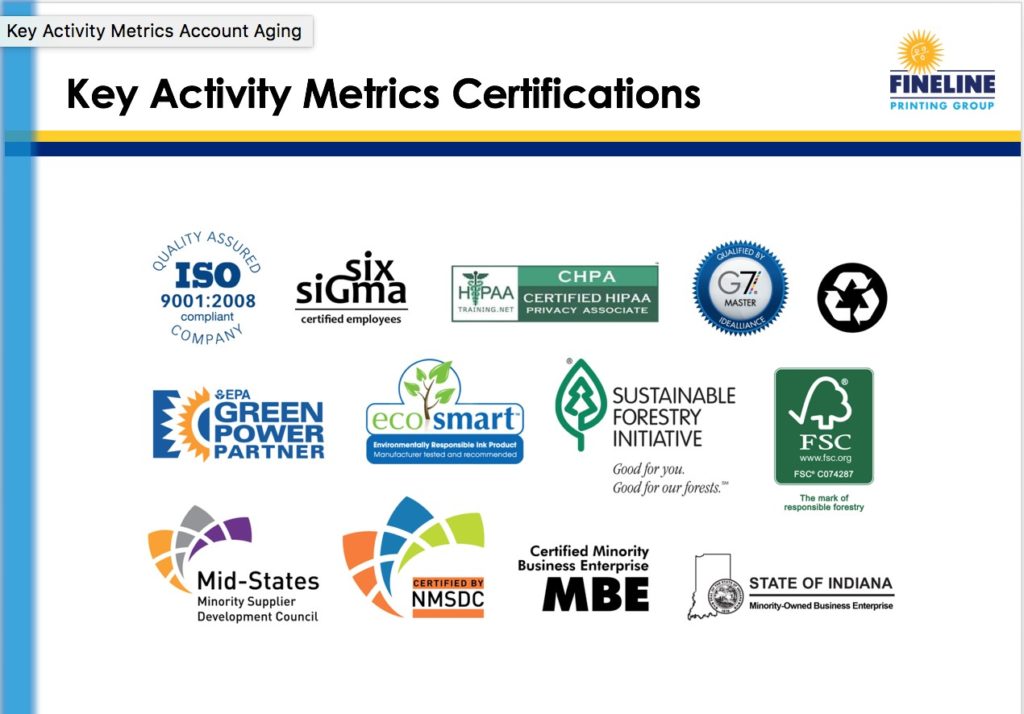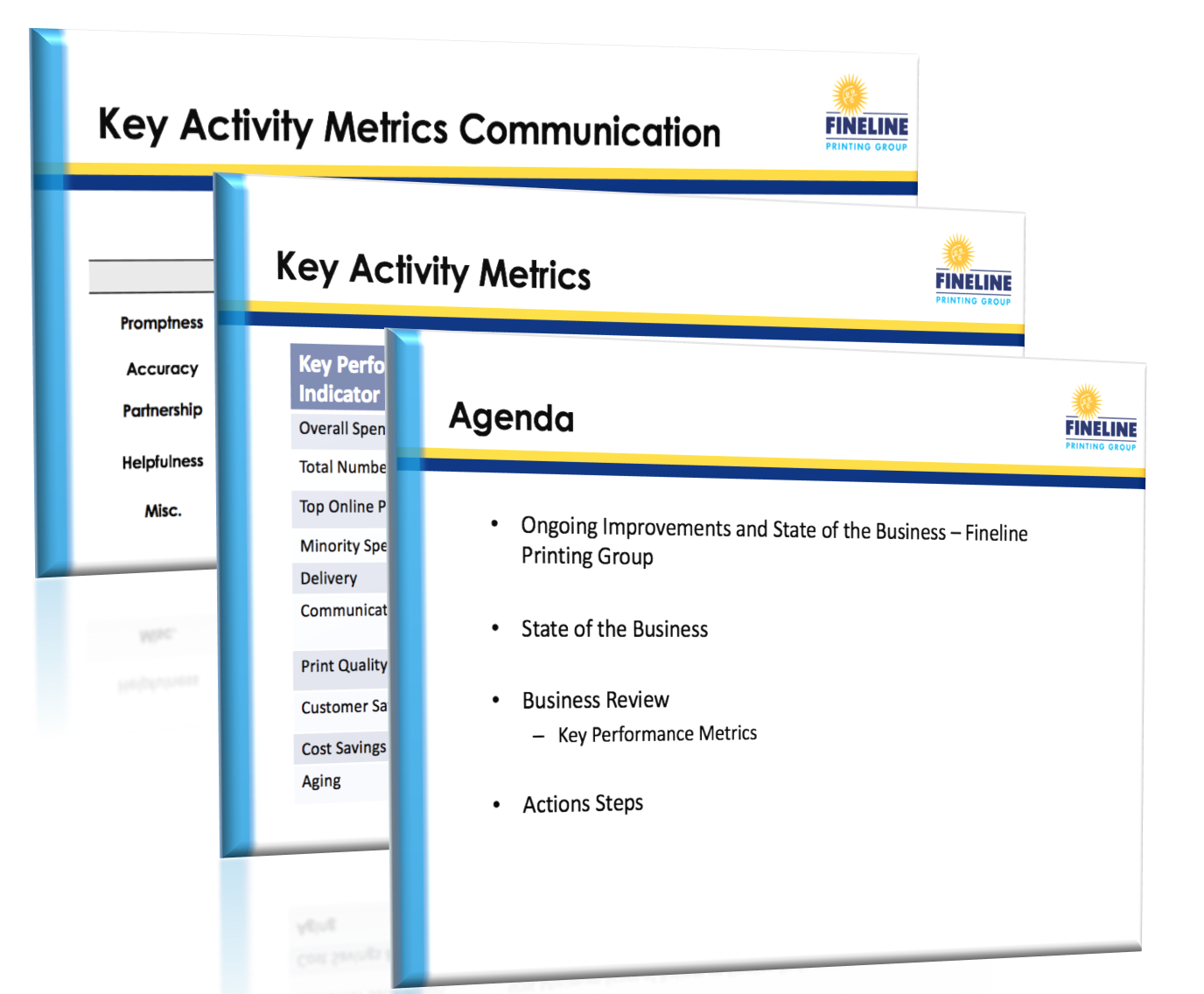Don’t Mistake a Business Review for a Sales Presentation: How to Continually Ensure Customer Needs are Being Met

It takes a significant amount of effort to land and keep a new customer (Yay!) Once you have the customer, how do you continue to improve the relationship and engage in relevant dialogue? (Gotta keep them happy and interested.)

A Business Review is a valuable way to connect with a customer in an open exchange regarding the professional relationship between two companies. While never a Sales Presentation, a Business Review is intended to be a sharing of metrics and pertinent data that both parties find important, (it’s a true partnership) and to establish strategies for future improvements. Some contractual or partnership relationships require reviews as often as quarterly, others are fine with twice a year or annually. Put simply , it’s good business and a best practice that keeps clients satisfied.

A successful Business Review includes the coming together of teams from both sides of the vendor/customer relationship. It is an excellent opportunity for executives, as well as extended team support personnel to participate in a process that details the important performance metrics of the relationship.
In most cases the following items are documented and reviewed during a business review:
- Sales Volume with Supplier (Current and Previous Period)
- Total Number of Orders Placed (Current and Previous Period)
- On Time Delivery Metrics (Current and Previous Period)
- Minority Supplier Spend (Current and Previous Period)
- Quality and Non-Conformance (Current and Previous Period)
- Cost Saving Initiatives and Documentation
- Supplier Response Time
Many ask, “why would you want to point out weaknesses and performance issues in a formal presentation?” (Why put yourself at risk?) Knowing that a future partnership with a customer includes a Business Review, a supplier is much more likely to focus on all of the areas of performance during the onboarding process, and to strategize more frequently on retaining key relationships based on solid metrics. The customer in turn has more trust in a supplier who is willing to put their performance on the table in an honest manner, and doesn’t hide the gory details.
Baseline metrics are critical if performance improvement is to be documented. Working with a customer to determine performance requirements in advance, and measuring them during the first evaluation period gives everyone involved the opportunity to evaluate where the relationship stands. A true partnership with a customer allows a vendor to establish improvement strategies in areas where the metrics do not meet the base requirements. No one is absolutely perfect every day, however, meeting the performance metrics keeps a supplier in good standing with a customer and they are less likely to look for other providers.
requirements in advance, and measuring them during the first evaluation period gives everyone involved the opportunity to evaluate where the relationship stands. A true partnership with a customer allows a vendor to establish improvement strategies in areas where the metrics do not meet the base requirements. No one is absolutely perfect every day, however, meeting the performance metrics keeps a supplier in good standing with a customer and they are less likely to look for other providers.
Don’t muddy the open exchange of information in a Business Review by turning it into a Sales Presentation. High-level executives will not return to future Business Review sessions if they feel that the data exchange was turned into a sales opportunity. This is a rookie mistake and should be avoided at all costs.
Leave the Business Review with clear Action Items for all parties and accompanying due dates. Document the session with a written meeting summary reminding everyone of their responsibilities.
The Business Review establishes you and your company as a high-level performer interested in improvements and keeping a long-term customer partnership.
About the Author:
[person id=”5980″]
